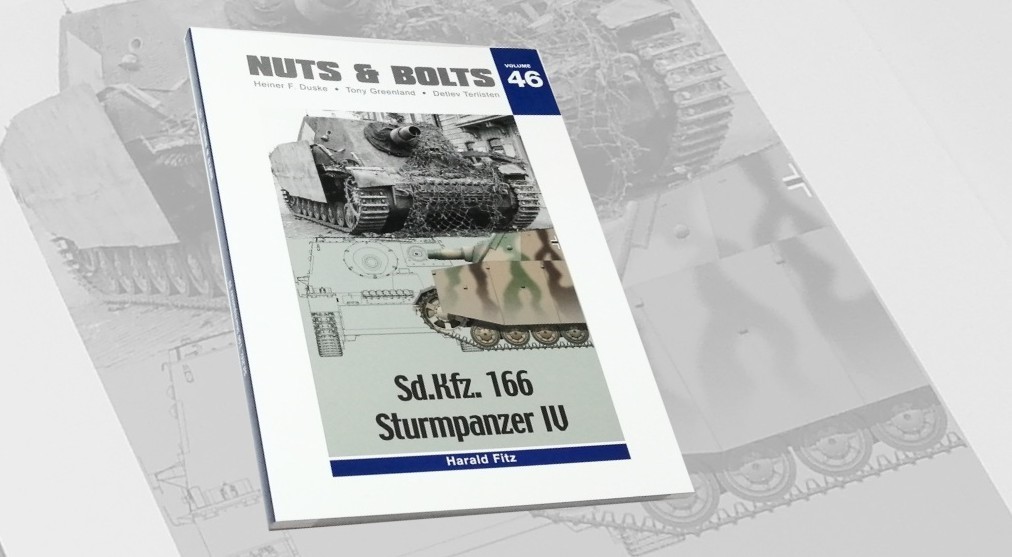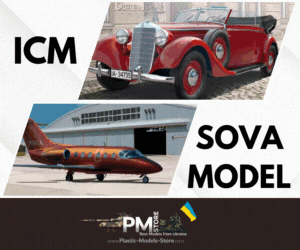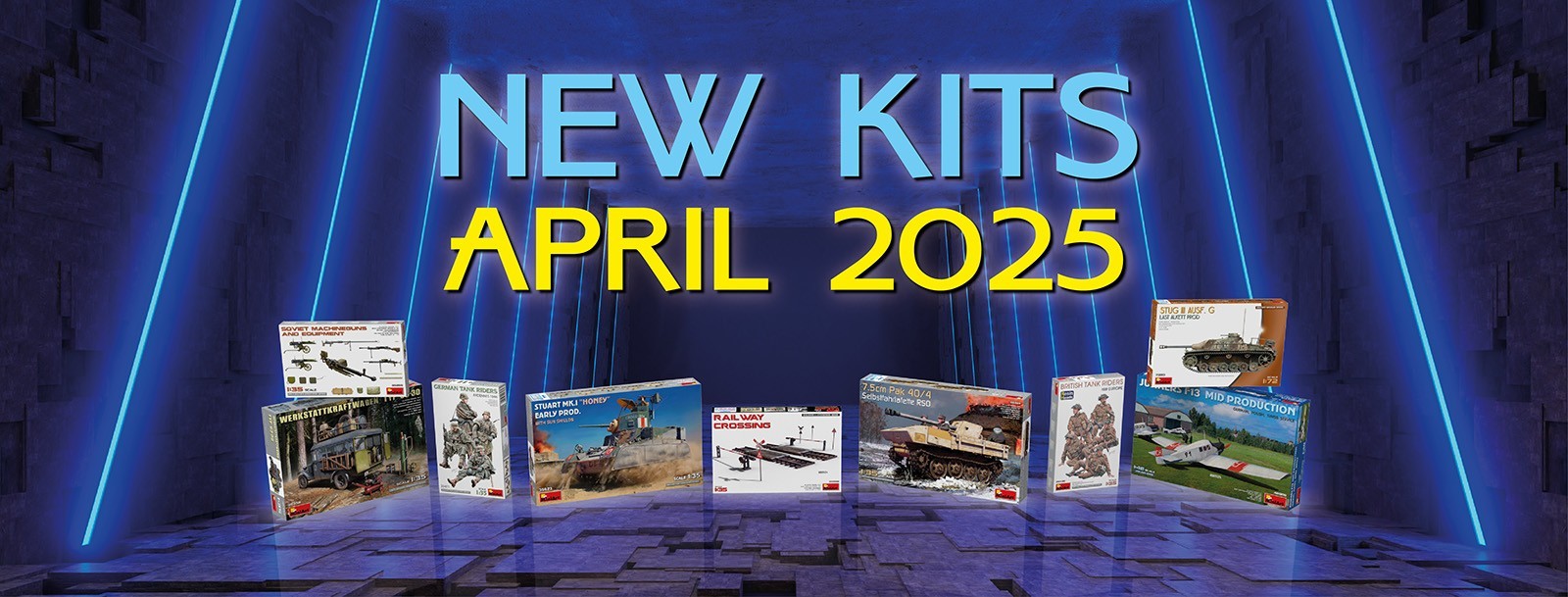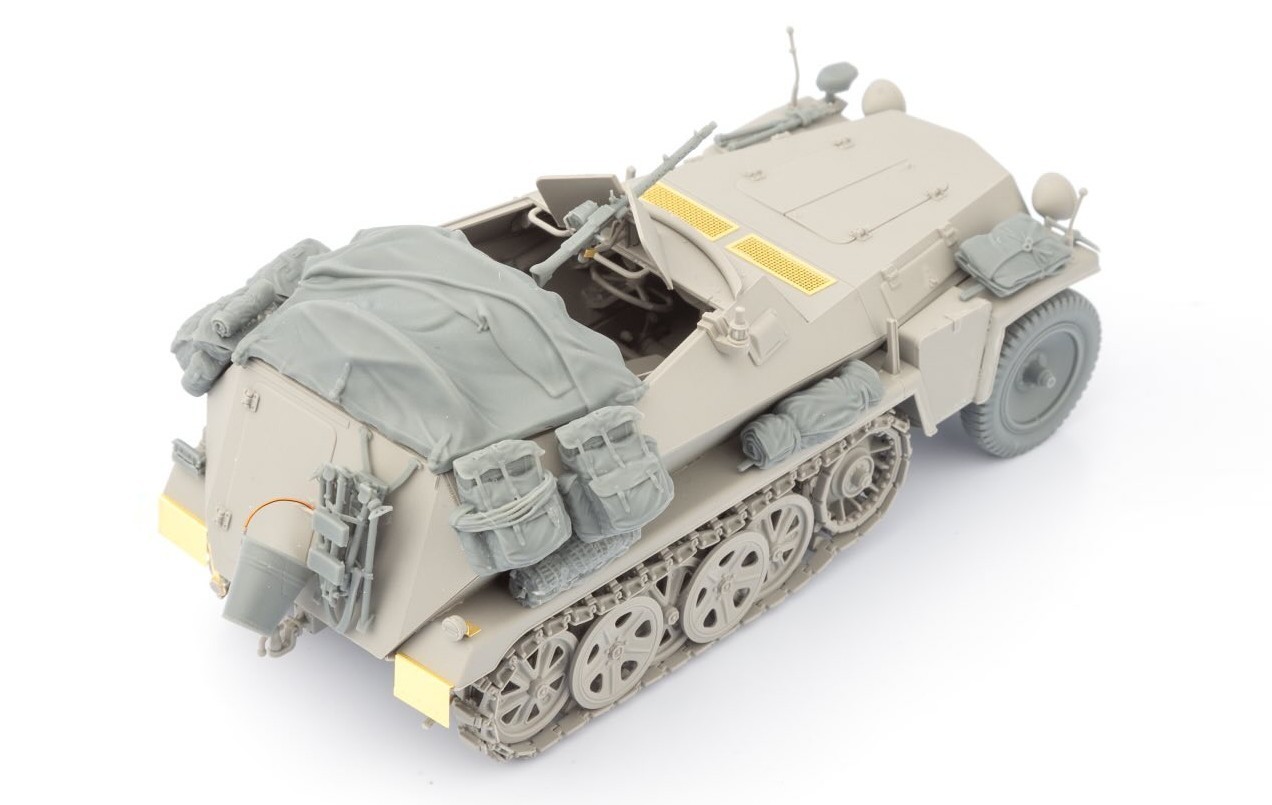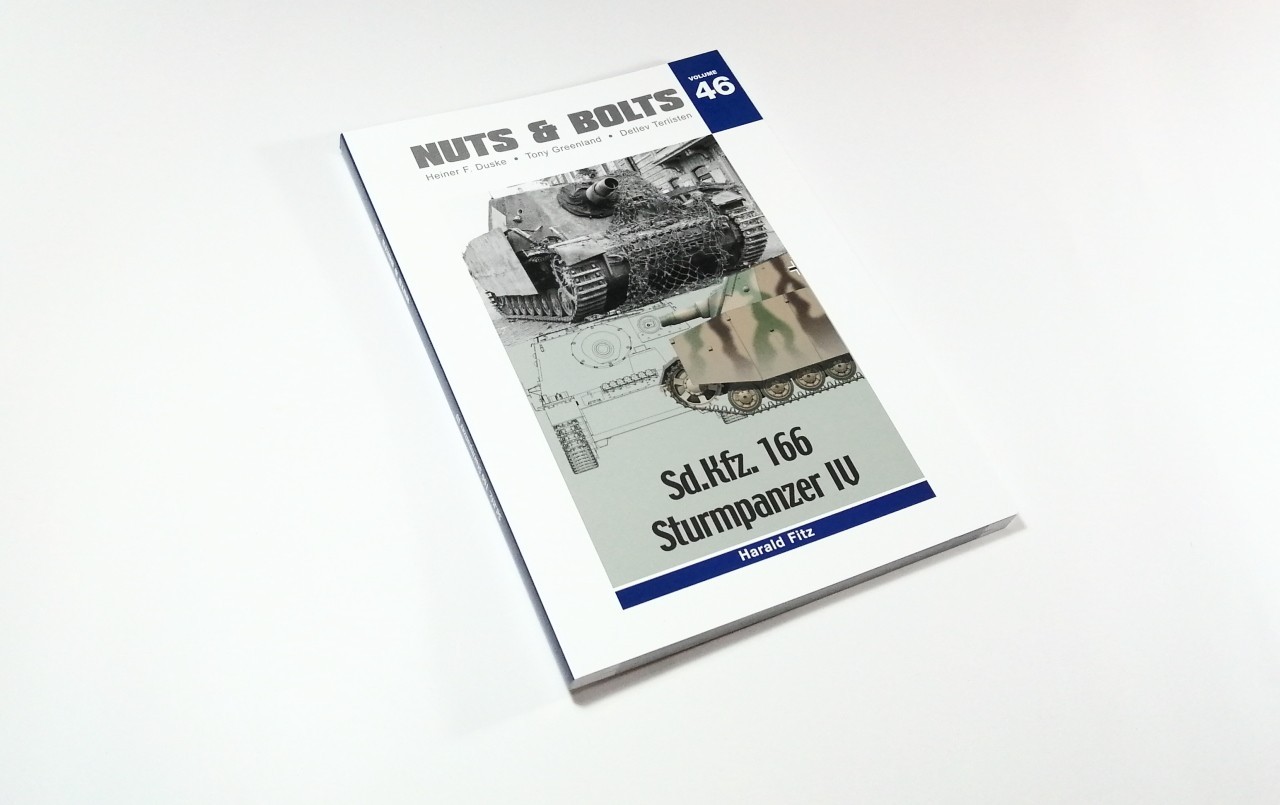
The most recent volume on Nuts & Bolts series has been recently released and is devoted to the Sd. Kfz. 166 Sturmpanzer IV, nicknamed as Stupa or Brummbär. Despite only 319 were built, its shape is easily recognisable and is a vehicle much more famous than its war actions deserve.
The book shares the features of previous ones on the series, being a softcover in A4 portrait format printed on gloss paper and with 216 pages.
It has been written by Harald Fitz and includes the usual main sections of history and development, contemporary photos, scale drawings, color profiles, preserved vehicles and models. All text is bilingual, in English and German.
In Detail
The book starts with the development of the vehicle. It was built by Alkett using Panzer IV chasis and a gun specially designed by Skoda.
There is ample information on the variants, how they differed and many other details. The text is supported by several photos and tables. The production figures are broken down by month and version, and there are also detailed technical specifications.
As in other Nuts & Bolts books, it has a graphic K.st.N with the different vehicles that were part of the battalion and company.
The Sturmpanzer IV were assigned to three battalions (Abteilung) : 216,217 and 219, plus two independent companies of the 218.
The operational history of all these units is told, with their main facts. There is also a description of markings and camouflage used by each unit, so as their changes over time and if the unit had any specific feature in this sense.
This section includes also several extensive reports from different officers, with their experience and suggestions. They make a very interesting reading, offering a first hand account from those who used these vehicles.
The section ends with the author's conclusions, as a summary of the vehicle contribution to war effort, and a description of the models that illustrate the book (from the author himself and Roland Greth).
There is also a comprehensive table with available kits and aftermarket products at different scales.

Next section is Contemporary photos, 64 pages with black and white wartime photos of this vehicle.
Images are varied, including interior, general views and details, all variants, factory production, etc. Some are quite large, at half of a page, while others are smaller, and all have detailed captions with all information that can be gathered from it.
Given the relatively small production, photos of the Sturmpanzer IV are not that common but the author has managed to get a good collection. A few are not so clear and crisp, but they are good enough to be included and provide information.
These photos are a great source for details of the vehicles, crew, dirt, equipment, numerals and markings. They provide also plenty of inspiration for scenes.
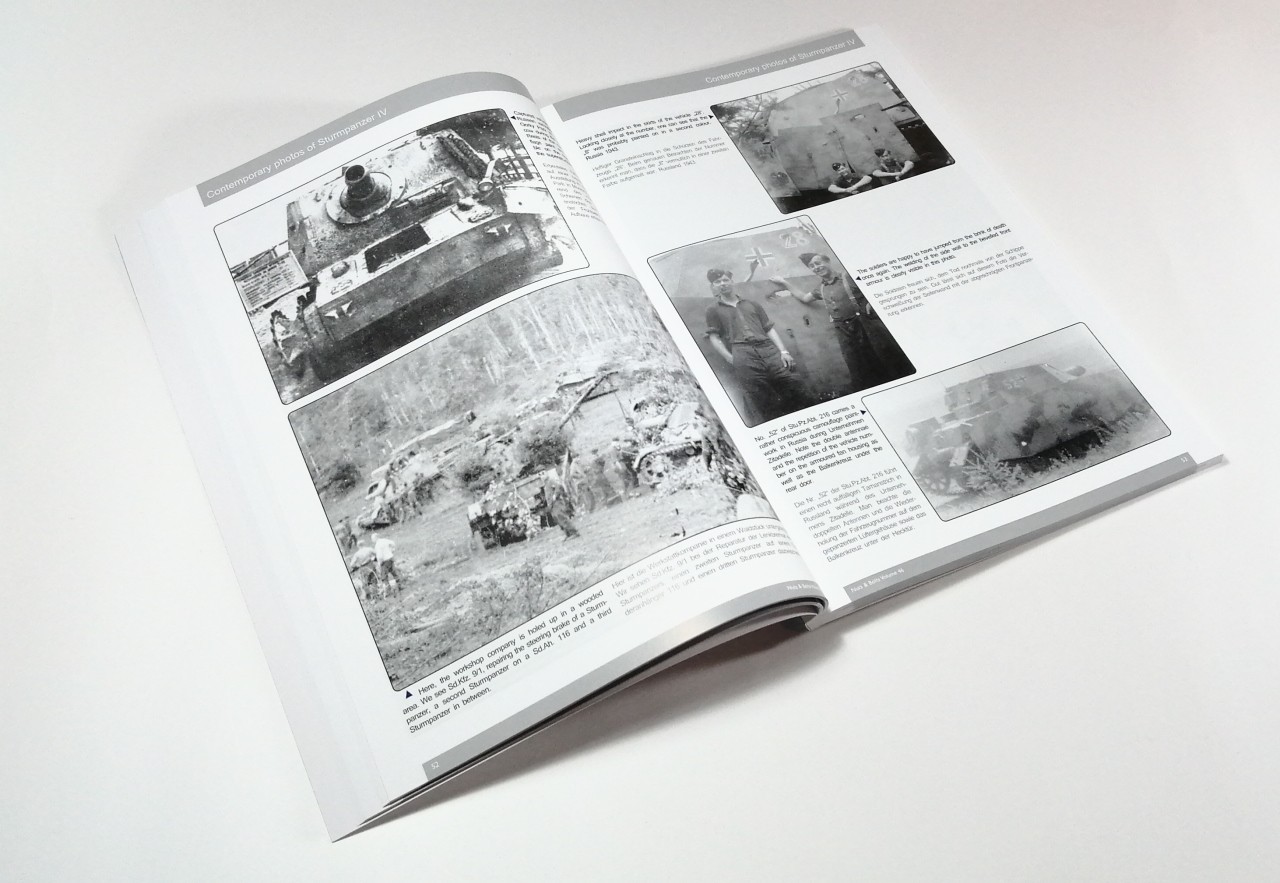
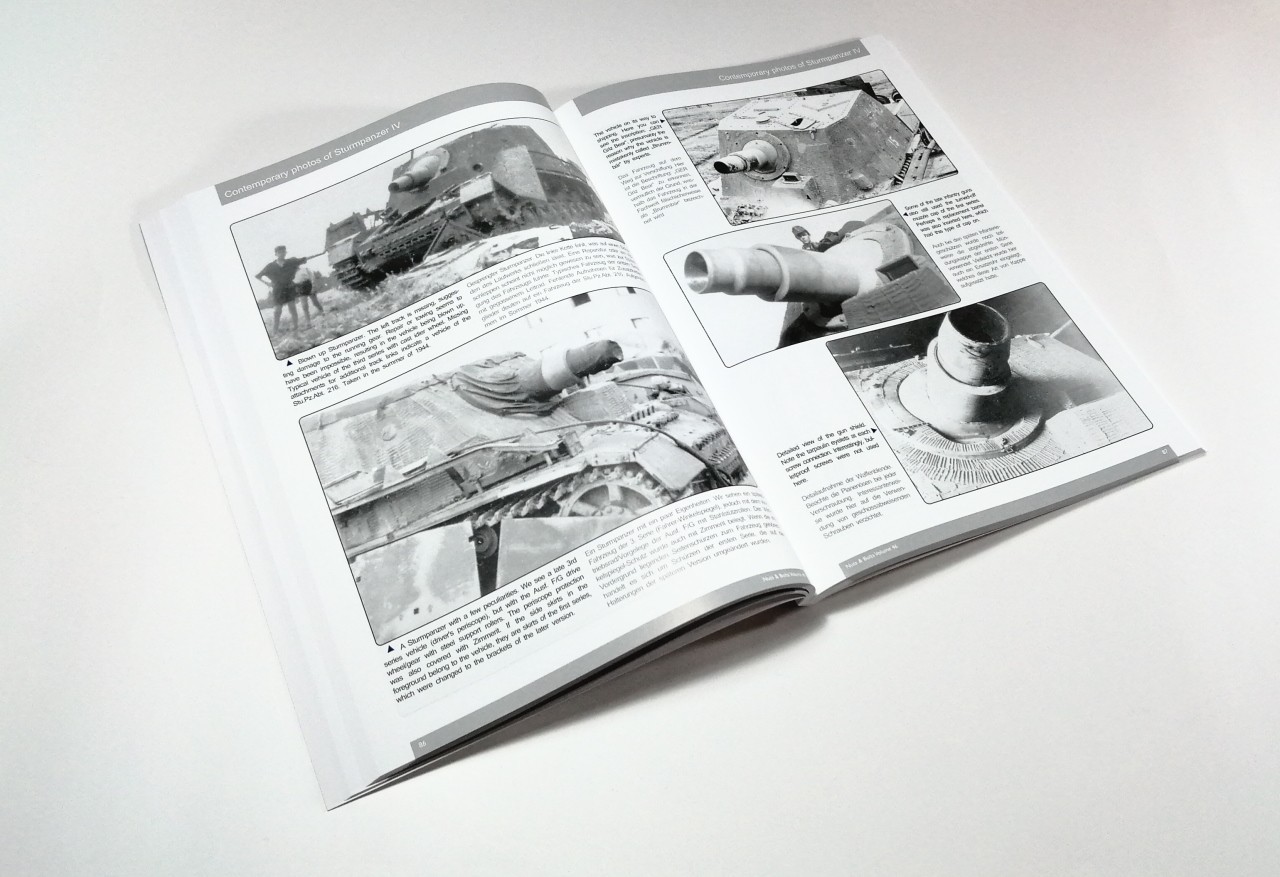
The scale drawings coming next have been done by Lieven De Coninck and are all at 1/35. All the four variants are shown, plus the 4th series late. There are the five traditional views (left, right, front, rear and top) plus four isometric views. Schurzen are often outlined to show the details behind.
These drawings are useful to check measures of kits directly on its pages, thanks to the scale used. They are also a convenient way to compare the different series.
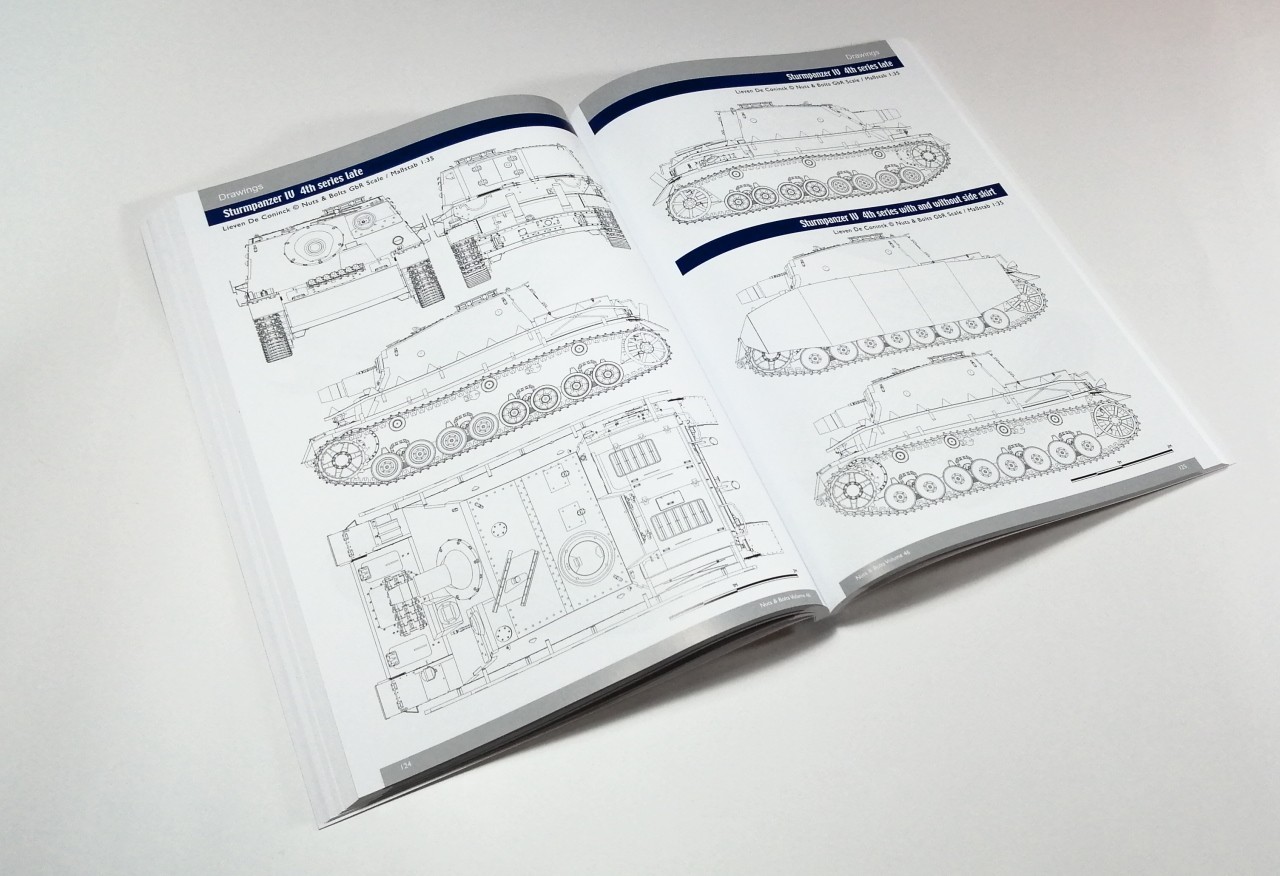
The color profiles from Laurent Lecocq occupy the next eight pages, with two per page. They are all side views skilfully done, with shadows and dirt effects. They all include a thumbnail of the image on which they are based, and page where it ca be found full size.
It is usually hard to identify colours and patterns on old black and white photos of military vehicles, even more if they have dust and mud. Therefore these profiles come handy, counting with the experience of the Nuts & Bolts team, and provide a variety of alternatives for the painting.
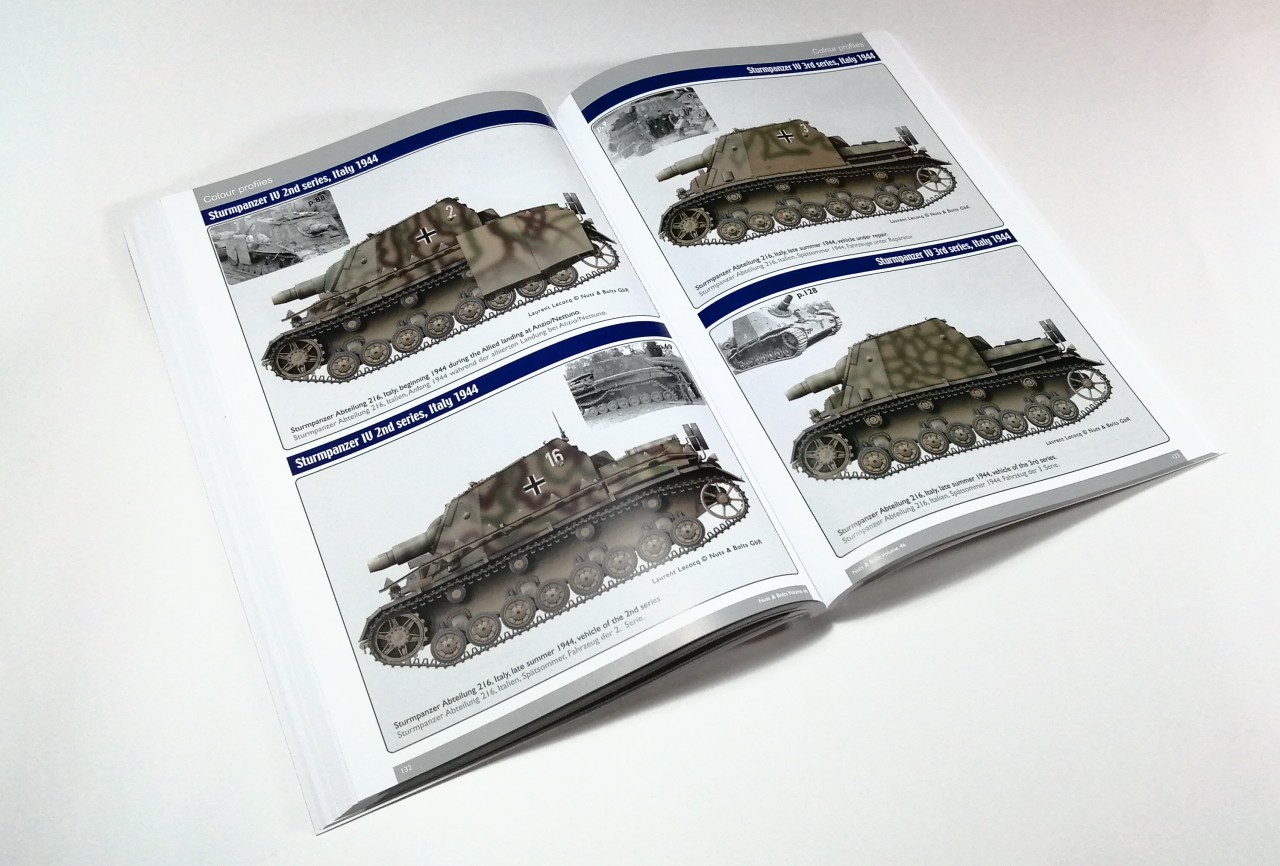
Photos of vehicles preserved in museums are another section always present on Nuts & Bolts books, and this volume is no exception. In this case, they have included vehicles from the first, second and fourth series. Images are clear and focused on details all around the tank, and including also the interior of two of them.
These photos are extremely useful to clearly see details hard to find on contemporary images. Additionally, there are informative captions which draw the attention to details that could be overlooked, or warn about missing or wrong items.
There is a total of 71 pages of clear, well lit photos of different sizes, from half a page to six per page but always adequate depending on the detail shown.
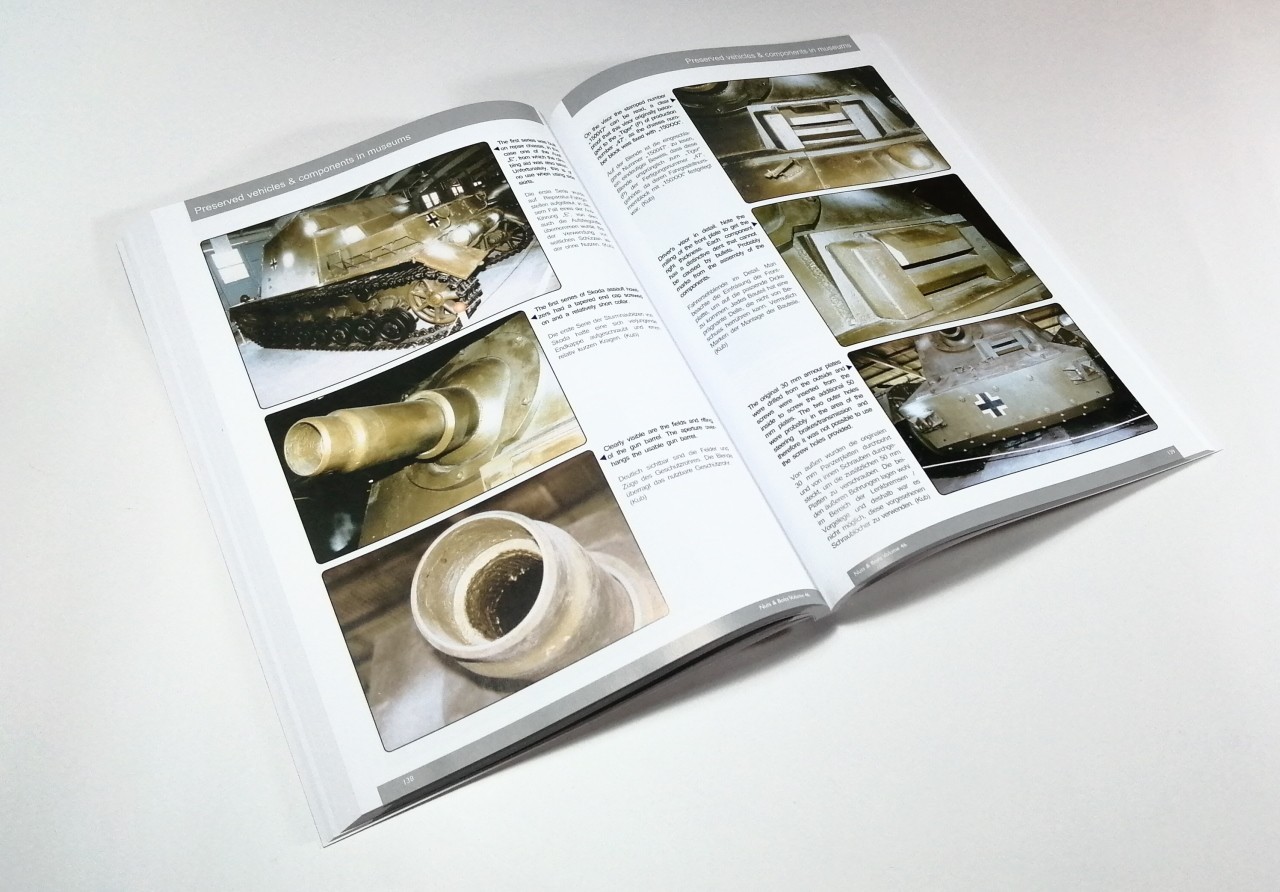
Finally, there are ten pages of photos of three models, two from the author and one from Roland Greth, with a summary of construction and painting through their captions.
The models are all very nice, but this is more a gallery than a building or painting guide, for which it only has general indications.

Conclusion
As usual with Nuts & Bolts books, they have published a very useful volume for modellers and history fans. On a single book there is a comprehensive history of the development of the Sturmpanzer IV and its different variants, combat service and reports from the crew. There is also a large number of contemporary photos, color profiles to choose from different paint schemes, scale drawings to check dimensions and a large gallery of preserved vehicles with detailed captions to check details where needed.
In summary, an essential book for anyone interested in modelling this particular vehicle or knowing its history.











